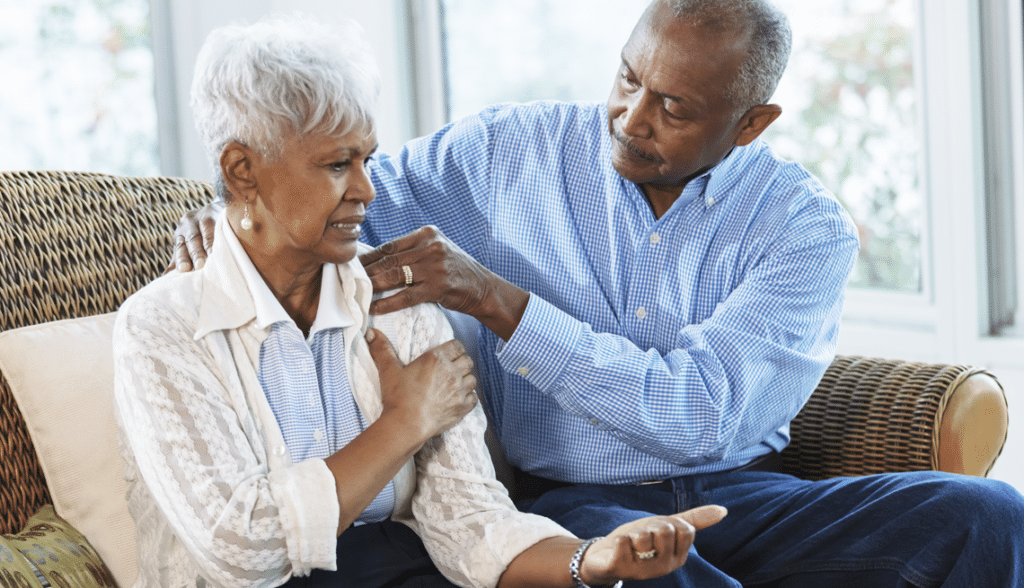
Stiff knees, achy hips and swollen hands? If you’re 50 or older, it could be osteoarthritis — a common wear-and-tear disease that happens when the cushion-like tissue between the bones breaks down over time, leading to joint pain.
“As we age, the one thing we can’t change is the amount of time we’ve had on our joints. So at 55 you have 55-year-old knees,” says Dominic King, a sports medicine physician and director of clinical transformation at Cleveland Clinic’s Orthopaedic & Rheumatologic Institute.
More than 32.5 million U.S. adults have osteoarthritis, and most of them are older adults. While there’s no way to cure or reverse the disorder, there are tried-and-true ways to prevent it or keep it from getting worse.
1. Stay physically active
It may sound counterintuitive to put more stress and strain on the body, but regular exercise is one of the best ways to treat osteoarthritis and preserve joint health.
One reason: Exercise strengthens the muscles around the joints, helping to take pressure off them. It can also improve the flow of nutrients to the cartilage, explains Eric Hume, M.D., associate professor of clinical orthopaedic surgery and director of quality and safety in the department of orthopaedic surgery at Penn Medicine.
There’s no blood supply to the cartilage, so it “doesn’t get nutrition the normal way that all the other tissues in our body get it,” Hume says. Instead, the cartilage is dependent on “repetitive motion” to push knee-joint fluid into the cartilage. This fluid is “filled up with sugar and other biochemicals that the cartilage needs,” Hume adds. “So the low-impact repetition of exercise actually has a protective effect on the knee.”
When it comes to choosing an exercise plan, there’s no one-size-fits-all approach for adults 50 and older. But if you’re already experiencing some joint pain, low-impact activities like biking, swimming and walking are likely going to be more comfortable than, say, running. Range-of-motion exercises such as yoga and tai chi are also helpful. A health care provider can help you pick an activity — or several — that best fits your needs and alleviates your symptoms.
“The takeaway is, ‘Motion is lotion,’ ” King says. “The more you move, the more you’re likely to keep moving. The worst thing you can do with osteoarthritis after 50 is be sedentary.”
To learn about additional ways to take care of your joints after 50, from AARP, CLICK HERE.

